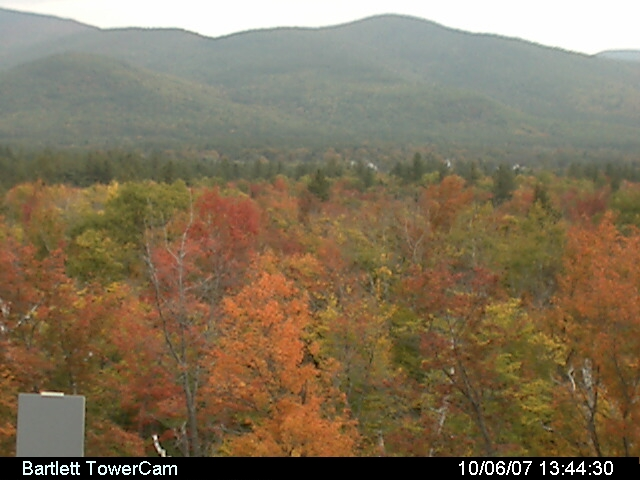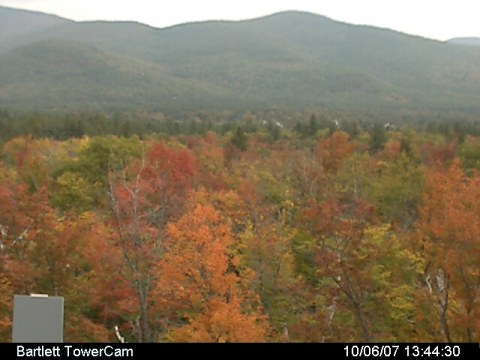A new R package "phenopix" provides tools for the automated extraction of chromatic coordinates and the analysis of image timeseries collected with PhenoCam digital cameras.
Phenopix automates extraction of phenology data from cameras in the PhenoCam monitoring network (http://phenocam.sr.unh.edu/webcam/). The Phenopix development team is made up of Gianluca Filippa, Edoardo Cremonese, Mirco Migliavacca, Matthias Forkel, Marta Galvagno, and Andrew D. Richardson and is a coordinated effort between the ARPA Valle d’Aosta, the Max Planck Institute for Biogeochemistry, and Harvard University.
The phenopix R package contains the following features:
- Region of Interest (ROI) selection: Polygonal ROI(s) can be selected on a reference image;
- Indices extraction: over the ROI(s) green red and blue digital numbers (DN) are averaged (and dispersion indexes are also extracted). Green, red and blue chromatic coordinates (GCC, RCC, BCC, respectively) are computed for each image. Time series of indices (allowing multiple years of data) is extracted and stored;
- Filtering data: 5 methods available to be used alone or in sequence for filtering outliers;
- Fitting a curve to the data and extracting thresholds: 5 methods of curve fitting and five methods of extraction of phenophases implemented in a single function (based on the ‘greenbrown’ R package);
- Quantification of uncertainty in the threshold extracted (optional) for model-data integration purposes;
- The potential to apply the procedures 2-5 (above) pixel by pixel within the selected ROI.
The package is now available on line at: http://r-forge.r-project.org/projects/phenopix/
Photo Credit: Andrew Richardson. Phenocam photograph of Bartlett Forest, NH, 10/06/07.


